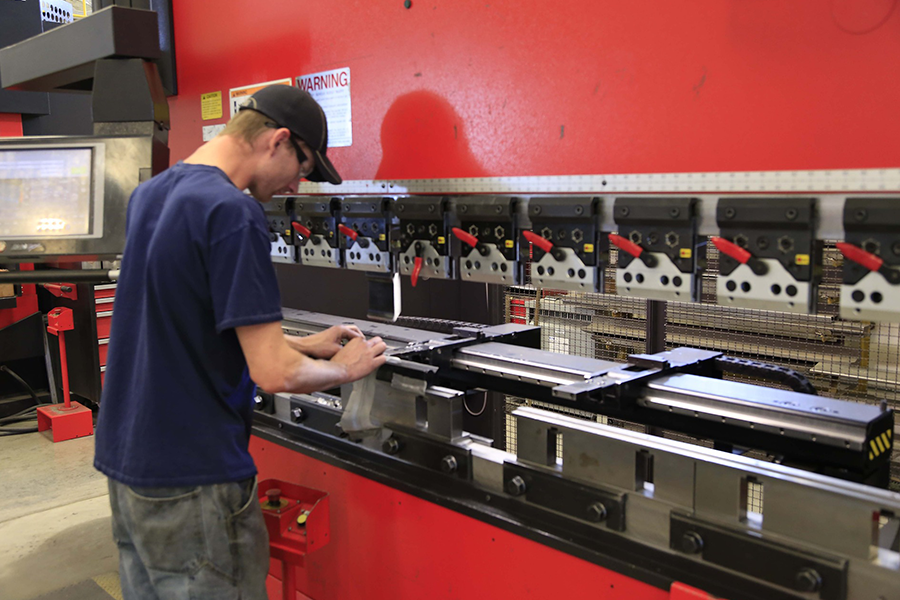Design & Developed by Themeseye

Sheet metal fabrication is a process that has three main steps: cutting, shaping, and assembly. To fabricate sheet metal parts, one will need various tools and equipment. Here are the basics of each step in the process. For those looking for metal fabrication in Toronto, knowing the fundamentals will help them understand the process and know what to expect.
The first step in sheet metal fabrication is cutting. Cutting uses various tools, including shears and laser cutters. The type of cutter used will depend on the material you are working with and the desired finish.
Shears are the most common type of cutter for sheet metal. Shears can cut both ferrous and non-ferrous metals. Laser cutters cut complex shapes to achieve an exact finish.
After cutting to size, the sheet metal will need shaping. Shaping can be done in several ways, including bending or stamping.
Bending is the most common type of sheet metal shaping. Bending uses a variety of machines, including press brakes, to achieve the desired shape. Press brakes use a die to bend the sheet metal.
Stamping is another common shaping method. Stamping uses a die to shape the sheet metal by forming it into a specific shape.
After cutting and shaping the sheet metal, it will need assembly. Assembly can involve welding, riveting, and screwing. It is crucial to choose the correct method for the desired assembly process.
Welding is the most common method for joining sheet metal parts. It is fast and strong, making it ideal for most applications. Riveting and screwing are also common methods, especially for joining thin metal sheets.
Brazing and soldering can be used for joining metals of different thicknesses. The difference between brazing and welding is the temperature and heat source. Brazing uses a lower temperature, making it ideal for joining dissimilar metals.
Sheet metal fabrication is forming sheet metal into parts or components. Custom metal fabrication is fabricating sheet metal to meet customer specifications.
The main difference between standard and custom sheet metal fabrication is that components have fixed dimensions with standard metal fabrication. In contrast, with custom metal fabrication, the parts or components have specific dimensions that the customer provides.
In addition, sheet metal fabrication is typically less expensive than custom metal fabrication. On the other hand, custom metal fabrication offers more flexibility in terms of design and dimension.
Promark Tool and Manufacturing is one of the leading providers of metal fabrication in Toronto. The company has been serving customers in the GTA since 1971. Contact us today to learn more.